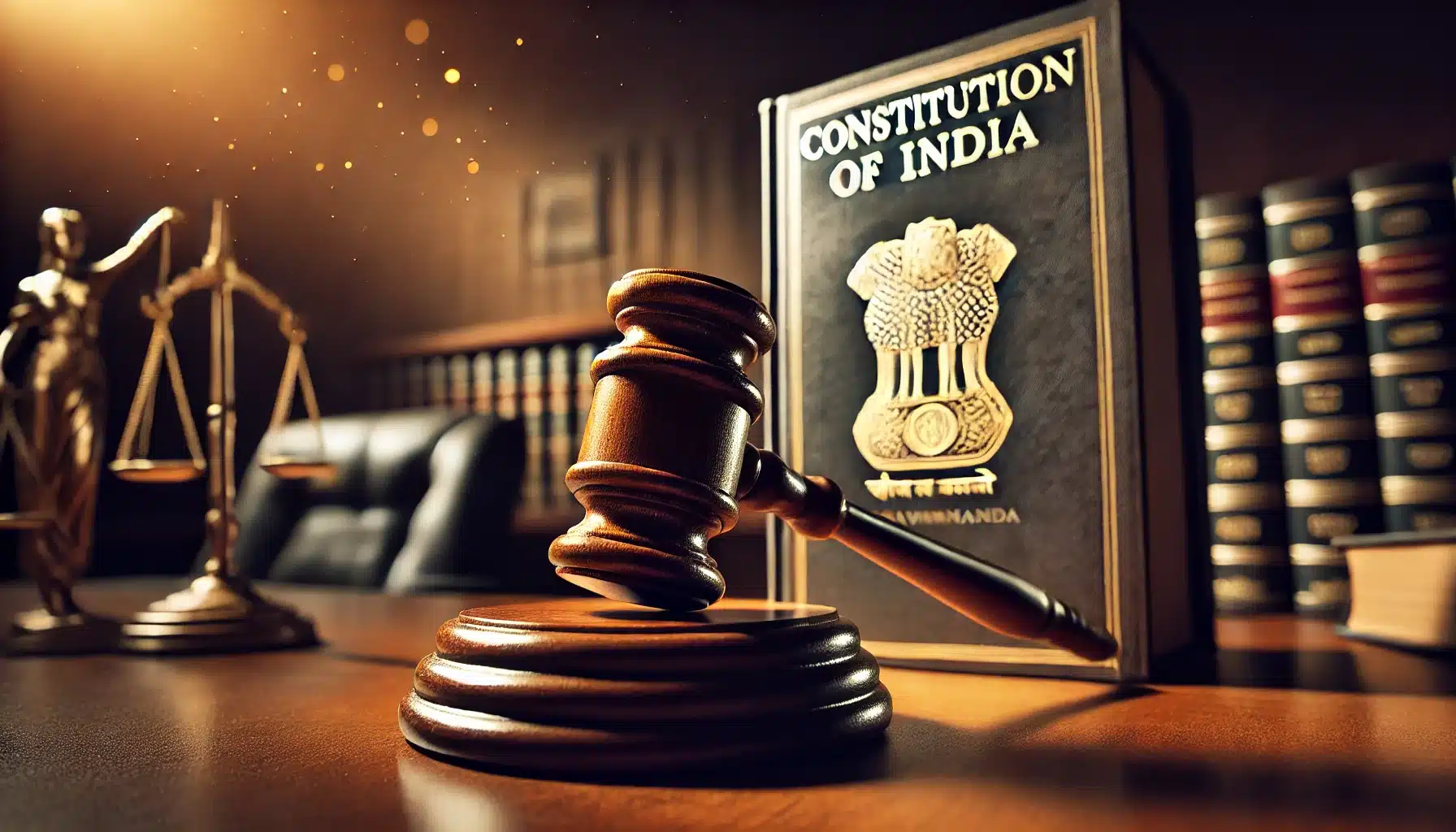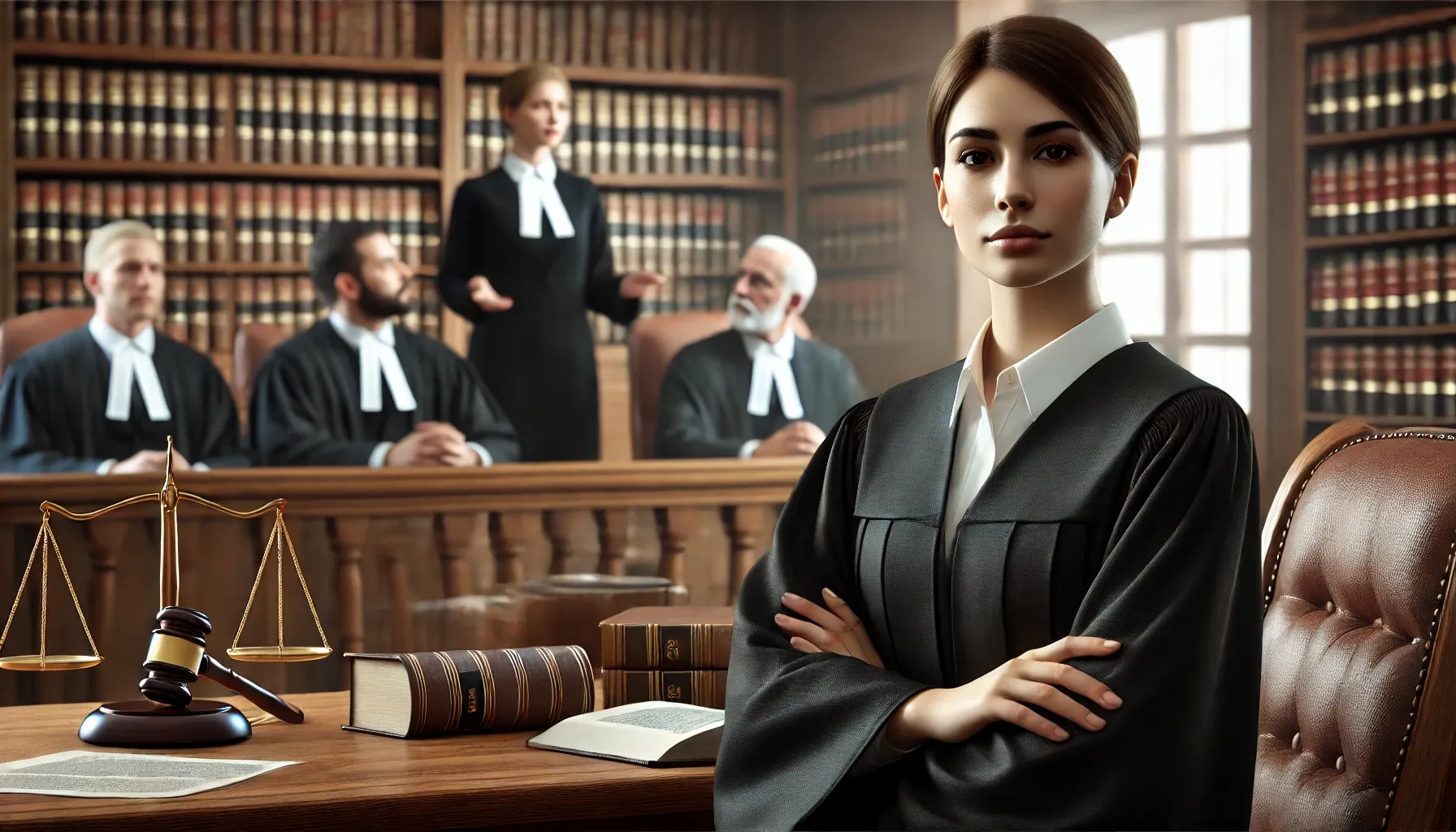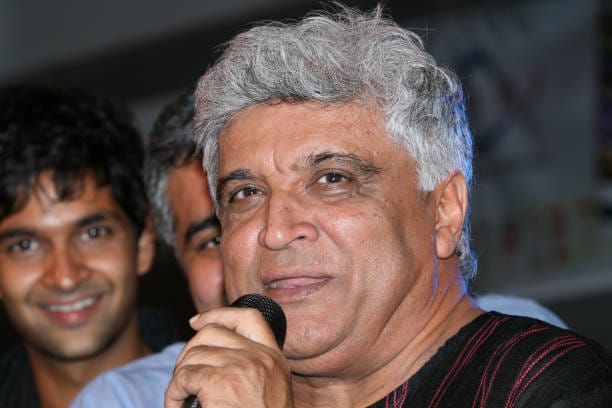Justice Bhushan Ramkrishna Gavai delivered the keynote at the Justice S.B. Sinha Memorial Lecture at NUSRL, Ranchi, commemorating the Kesavananda Bharati case. Describing it as the “greatest milestone in the constitutional journey,” Justice Gavai emphasized the enduring relevance of the basic struct

AI that prepares briefs and compliance checklists
Justice Bhushan Ramkrishna Gavai of the Supreme Court of India delivered an insightful keynote address during the Justice S.B. Sinha Memorial Lecture held at the National University of Study and Research in Law (NUSRL), Ranchi. The event commemorated the Golden Jubilee of the landmark case “Kesavananda Bharati vs. State of Kerala”, a crucial judgment in India’s constitutional history. The lecture, dedicated to the memory of Justice S.B. Sinha, attracted a notable gathering of high court judges, family members of the late justice, and other legal dignitaries. Justice Gavai’s address shed light on the profound legacy of the Kesavananda Bharati case and its enduring influence on India’s constitutional jurisprudence.
Keynote Lecture by Justice Gavai
- Tributes and Opening Ceremony
The event began with a solemn tribute by Justice Rongon Mukhopadhyay of the Jharkhand High Court and a ceremonial lighting of the lamp. Dr. Ashok R. Patil, Vice-Chancellor of NUSRL, welcomed the esteemed guests, including Justice S.B. Sinha’s family—his wife, Utpala Sinha, and sons, Abhijit and Indrajit Sinha. - Kesavananda Bharati: A Constitutional Milestone
Justice Gavai highlighted the Kesavananda Bharati case as a turning point, calling it the “greatest milestone in the constitutional journey of the country.” He stressed that this judgment, even after 50 years, remains the most significant in India’s legal history. He noted, “It would be befitting his memory that we try to pay our tribute to authors of Kesavananda Bharati which…is the most important judgment that this country will cherish.” - Constitutional Evolution Before 1973
Justice Gavai recounted the history of India’s Constitution, explaining the diverse representation in the Constituent Assembly. He remarked, “For a country like India, which has vast diversities, it was difficult to chart out a Constitution suitable for one and all. By a herculean task…we adopted our constitution on November 26, 1949.” - The Kesavananda Bharati Judgment
Justice Gavai discussed the complexities of the 13-judge bench that heard the case, noting the split between the judges. He explained that Chief Justice Sikri and five others held that Parliament’s power to amend the Constitution was limited. Justice Gavai remarked, “The Parliament had no right to abridge or take away any fundamental rights…However, Justice AN Ray took a view that powers of the Parliament to amend the Constitution were unlimited.”
It was Justice H.R. Khanna’s view that ultimately prevailed, asserting that while the Parliament could amend the Constitution, it could not alter the basic structure. Justice Gavai stated, “Justice Khanna held that the term ‘Amendment’ postulated that the parliament has no power to tinker with the basic structure of the Constitution.”
Impact of the Kesavananda Bharati Case
- Basic Structure Doctrine
Justice Gavai highlighted the key components of the basic structure, which include the supremacy of the Constitution, secularism, separation of powers, unity and integrity of the nation, and parliamentary democracy. He emphasized the court’s finding that “fundamental rights and directive principles together are the soul of the Constitution.” - Social and Economic Justice Post-1973
He explained how the Supreme Court has evolved rights under the trinity of Articles 14, 19, and 21 to ensure social and economic justice. According to Justice Gavai, “Relying on these articles, various High Courts and the Supreme Court have evolved rights that could not have been conceptualized at the inception of the Constitution.”
Reflections on Justice S.B. Sinha’s Legacy
- Contributions to Indian Jurisprudence
Justice Gavai paid tribute to Justice Sinha’s contributions, describing him as a “workaholic” and a “role model.” He acknowledged his immense influence on constitutional, criminal, arbitration, and commercial law, noting his balanced approach to capital punishment and life imprisonment. He remarked, “He evolved a middle path…punishment somewhere between life imprisonment of 14 years and the death penalty should be balanced out.” - Development of Capital Punishment Doctrine
Justice Gavai elaborated on Justice Sinha’s pioneering role in developing a balanced approach between capital punishment and life imprisonment, finding a middle ground in cases like Santosh Bariyar and Swamy Shraddananda. Justice Gavai emphasized that reformation should be considered in capital cases.
India’s Constitutional Resilience
- India’s Stability Compared to Neighboring Countries
Justice Gavai compared India’s unity to the turmoil in neighboring countries like Pakistan, Sri Lanka, Nepal, and Bangladesh, and credited Dr. B.R. Ambedkar’s foresight in ensuring the country’s resilience. He said, “We have been witness to what has happened in Pakistan on so many occasions…yet our country has been successful in remaining united.” - Unity in Times of Peace and War
He concluded by urging adherence to constitutional principles and the values enshrined in Justice S.B. Sinha’s legacy.
The program concluded with a heartfelt vote of thanks by Dr. Jesu Ketan Patnaik, Assistant Registrar of NUSRL, who appreciated Justice Gavai’s profound and thought-provoking speech.





